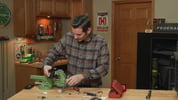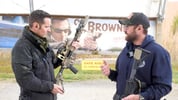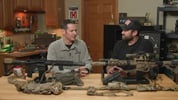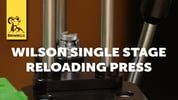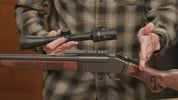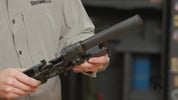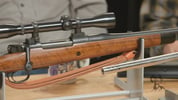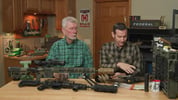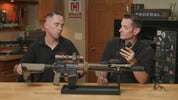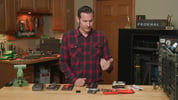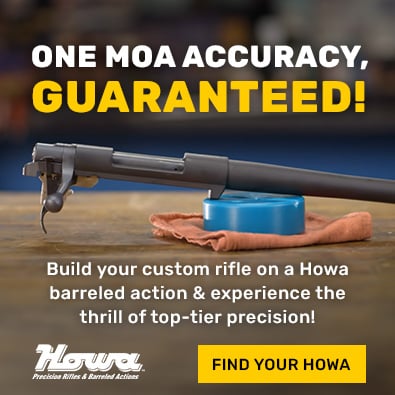
Trigger Times
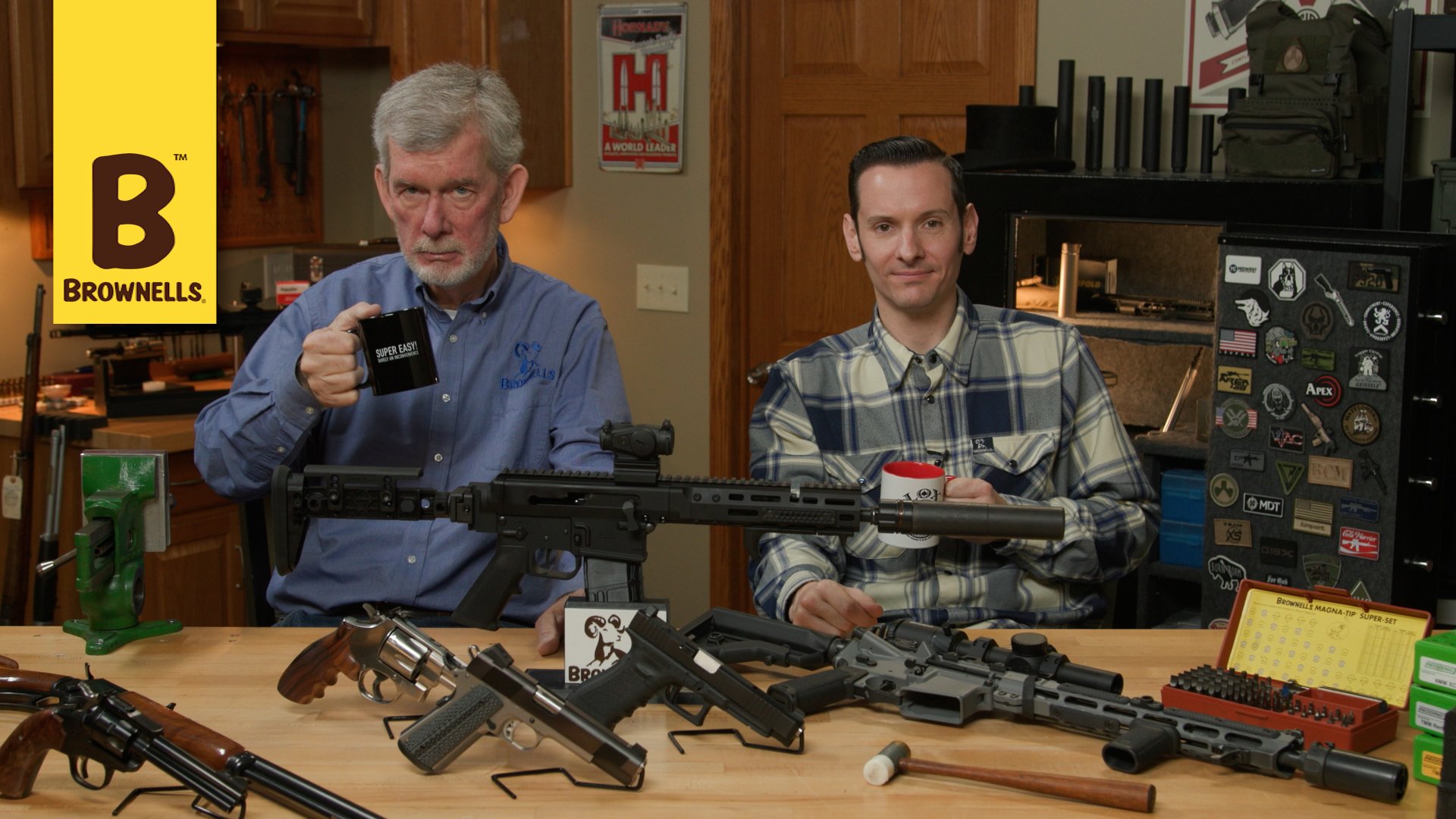
What Videos Would You Like To See Us Do?
 Caleb Savant
Caleb Savant
2 years ago
Our new website includes a new place to access our videos. And Steve and Caleb have a favor to ask you!
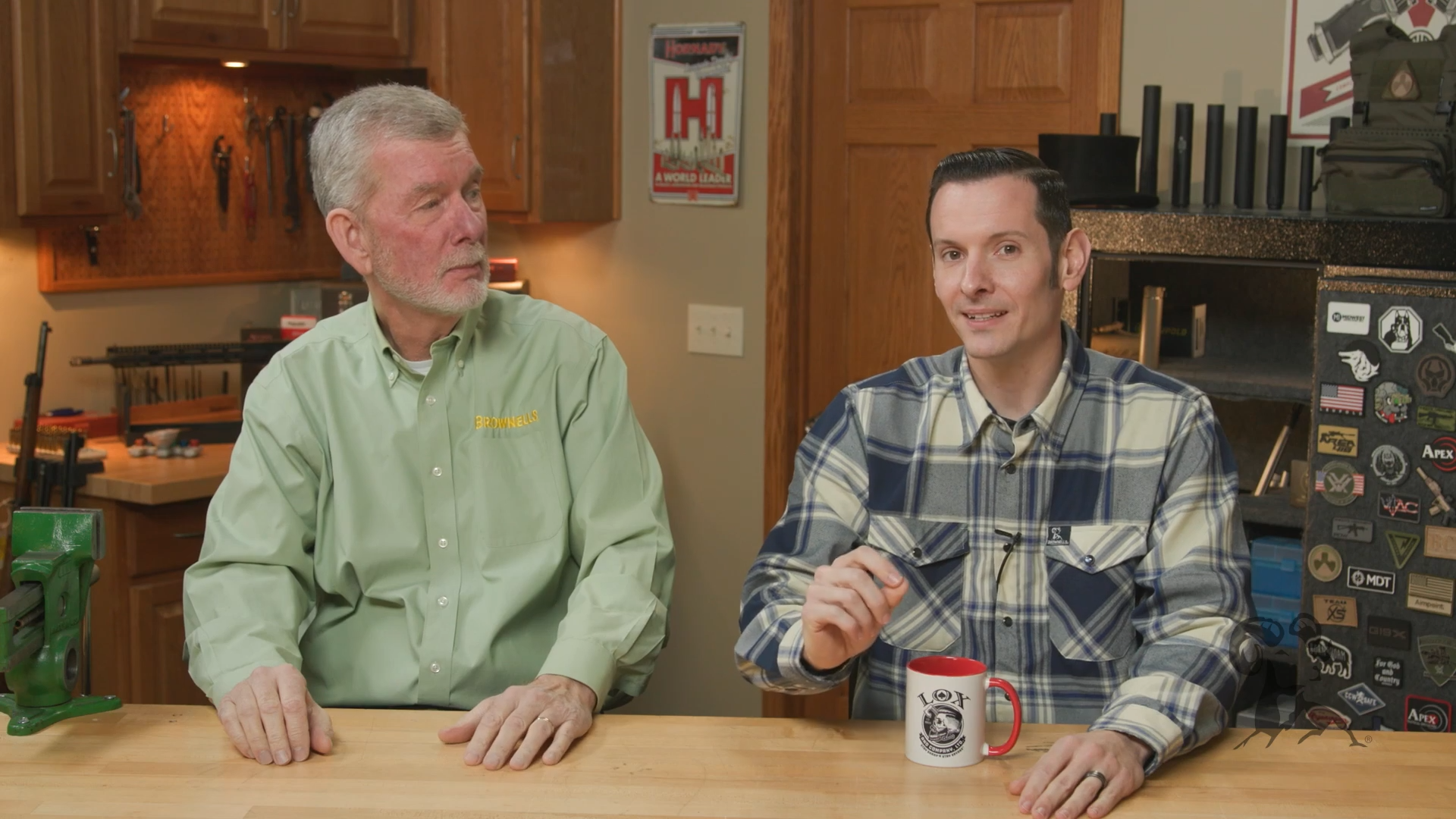
Brownells Website Launch
 Caleb Savant
Caleb Savant
2 years ago
It's been in the works for a long time, and it's finally here, an all-new Brownells.com for the 21st century!
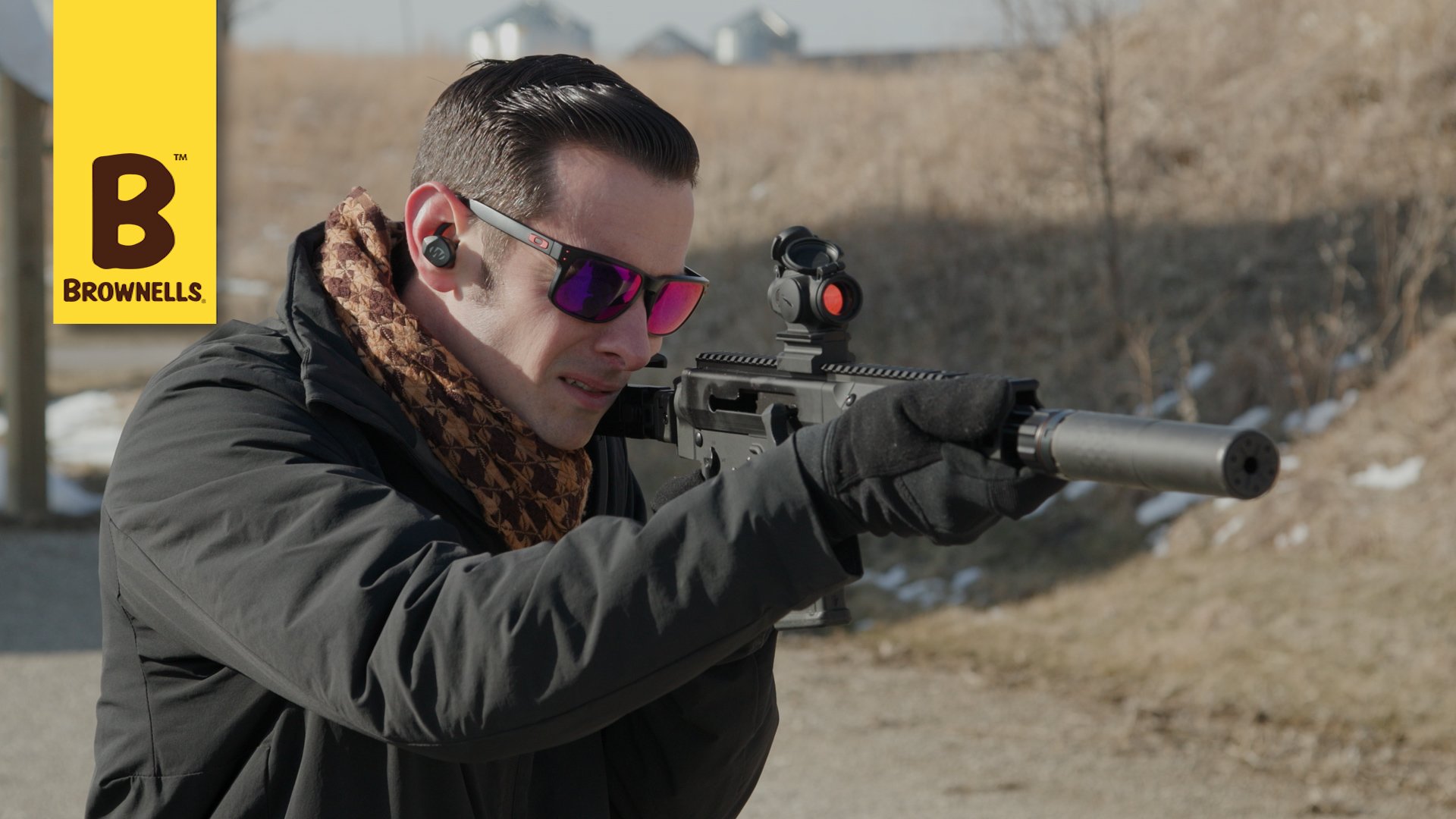
Product Spotlight: The Ultra-Quiet BRN-180SH Upper
 Caleb Savant
Caleb Savant
2 years ago
If you like shooting with a suppressor, here's a BRN-180 optimized for your needs!
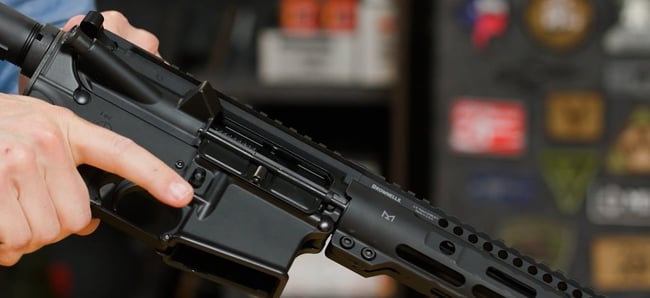
How To Build An AR15 Tutorial: Step by Step
 Caleb Savant
Caleb Savant
2 years ago
Welcome to our video series designed to show you how to build an AR-15 step-by-step. Your host is Brownells Gun Tech™ Caleb Savant, who is going to walk you through the installation of each part on the rifle.
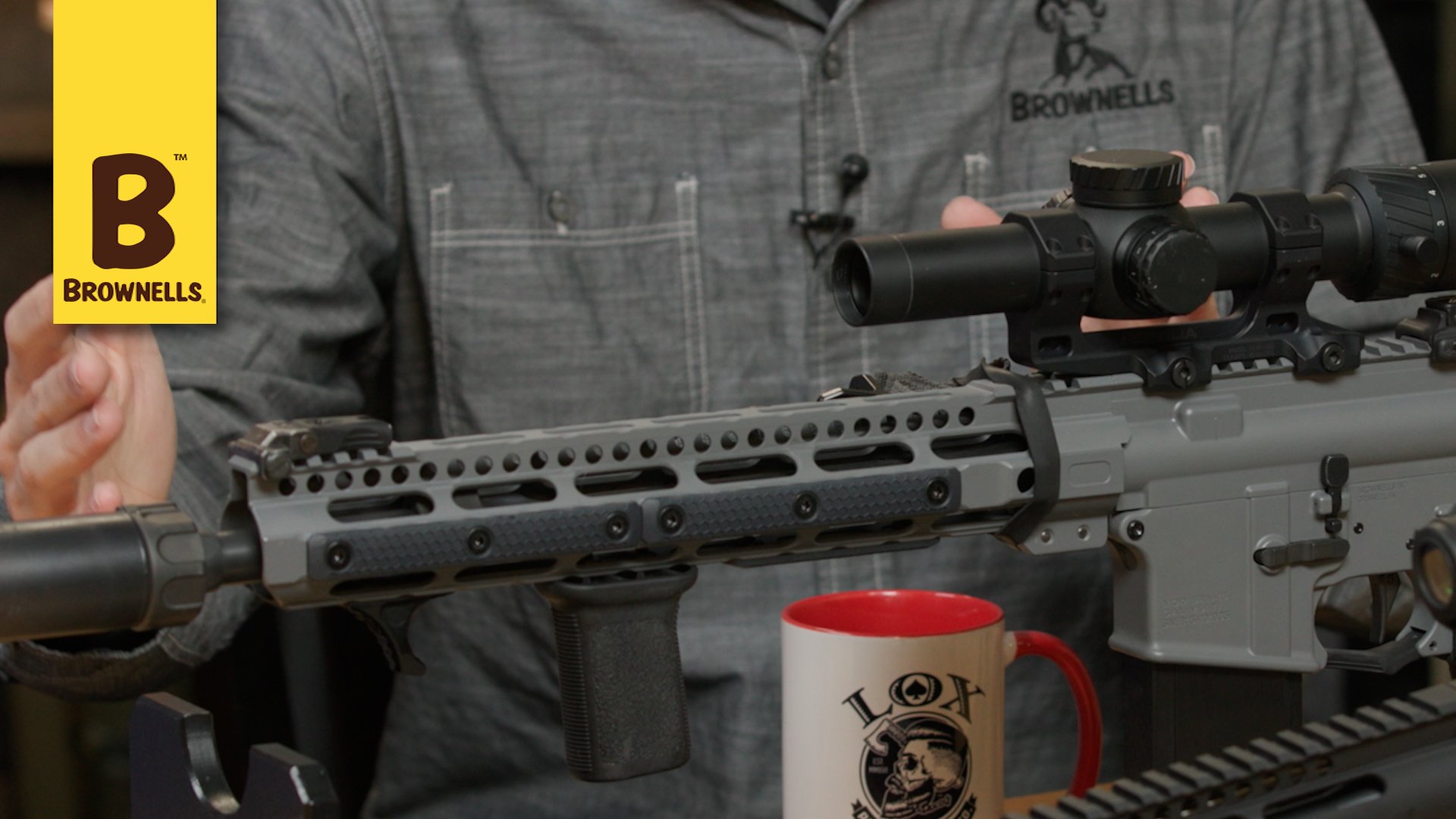
Quick Tip: What's the Best Barrel Length for an AR-15?
 Caleb Savant
Caleb Savant
2 years ago
How important is barrel length? Many AR-15 fans have been asking that, 'specially since 13.7" barrels have become so popular.
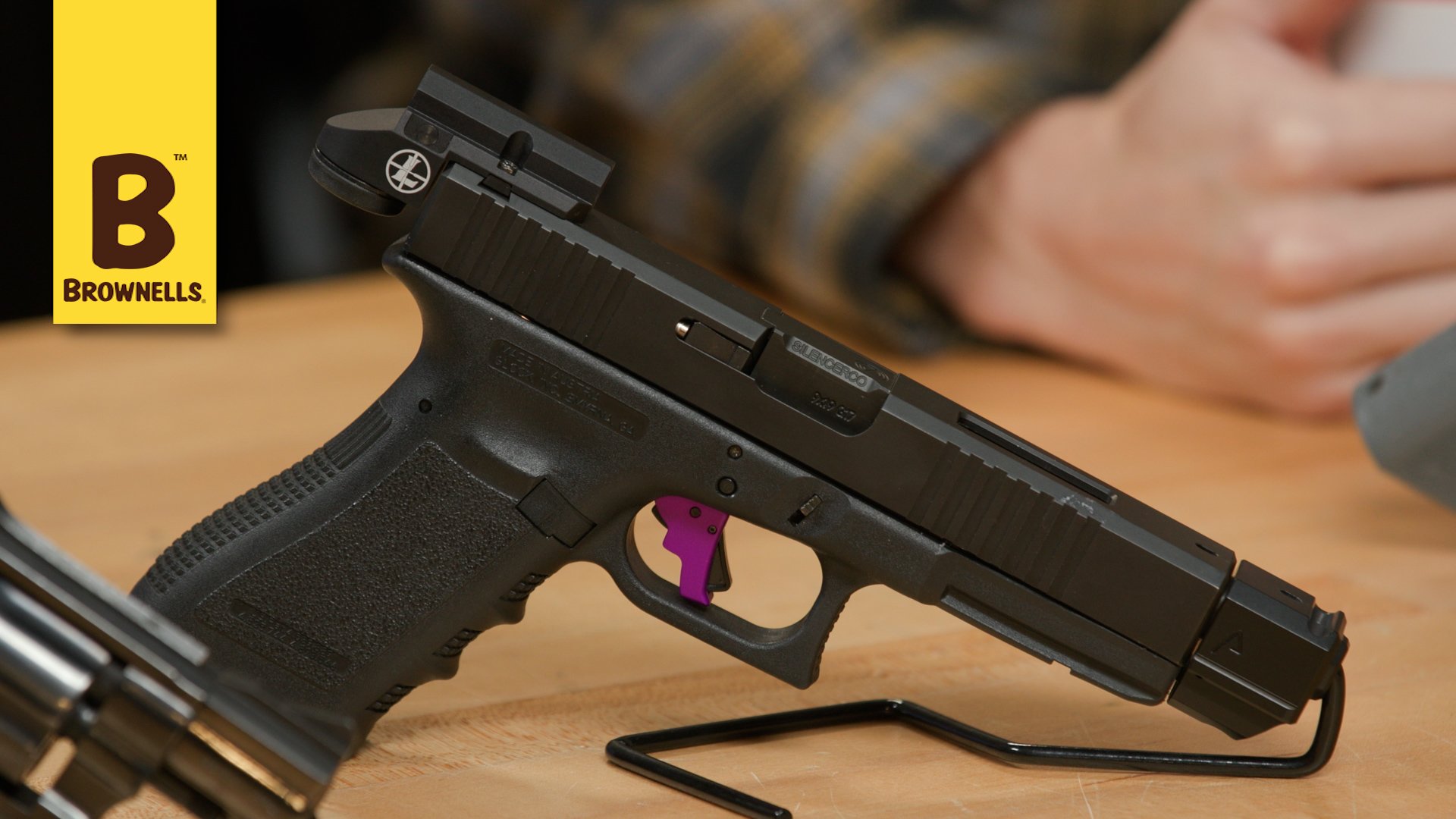
Smyth Busters: Is It OK to Modify Your Carry Gun?
 Steve Ostrem
Steve Ostrem
3 years ago
Steve and Caleb take on a persistent line of thinking that's gone around for years: You shouldn't modify your daily carry gun.
Trigger Feed
Sort by:
Publication Date latest
Item per page

